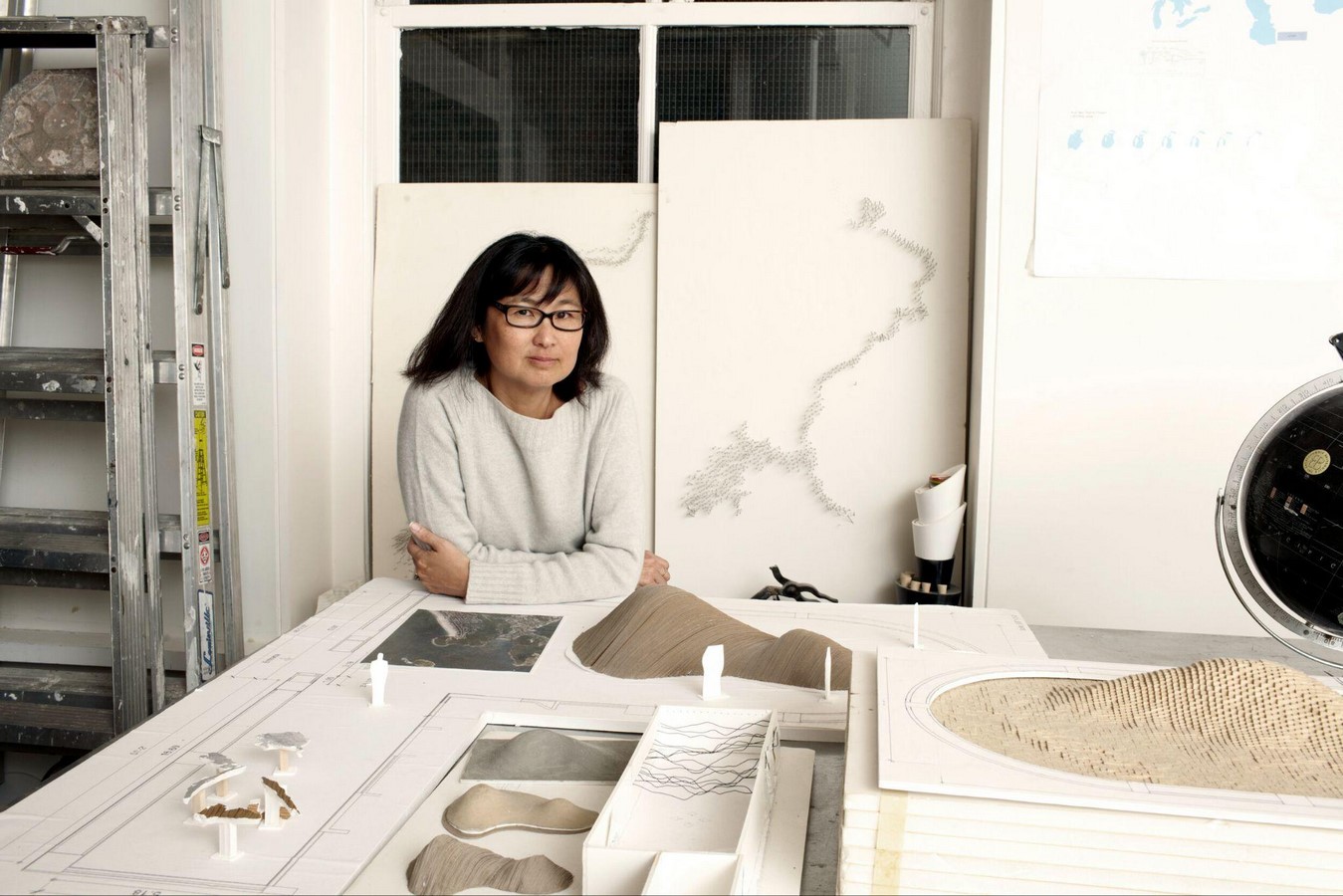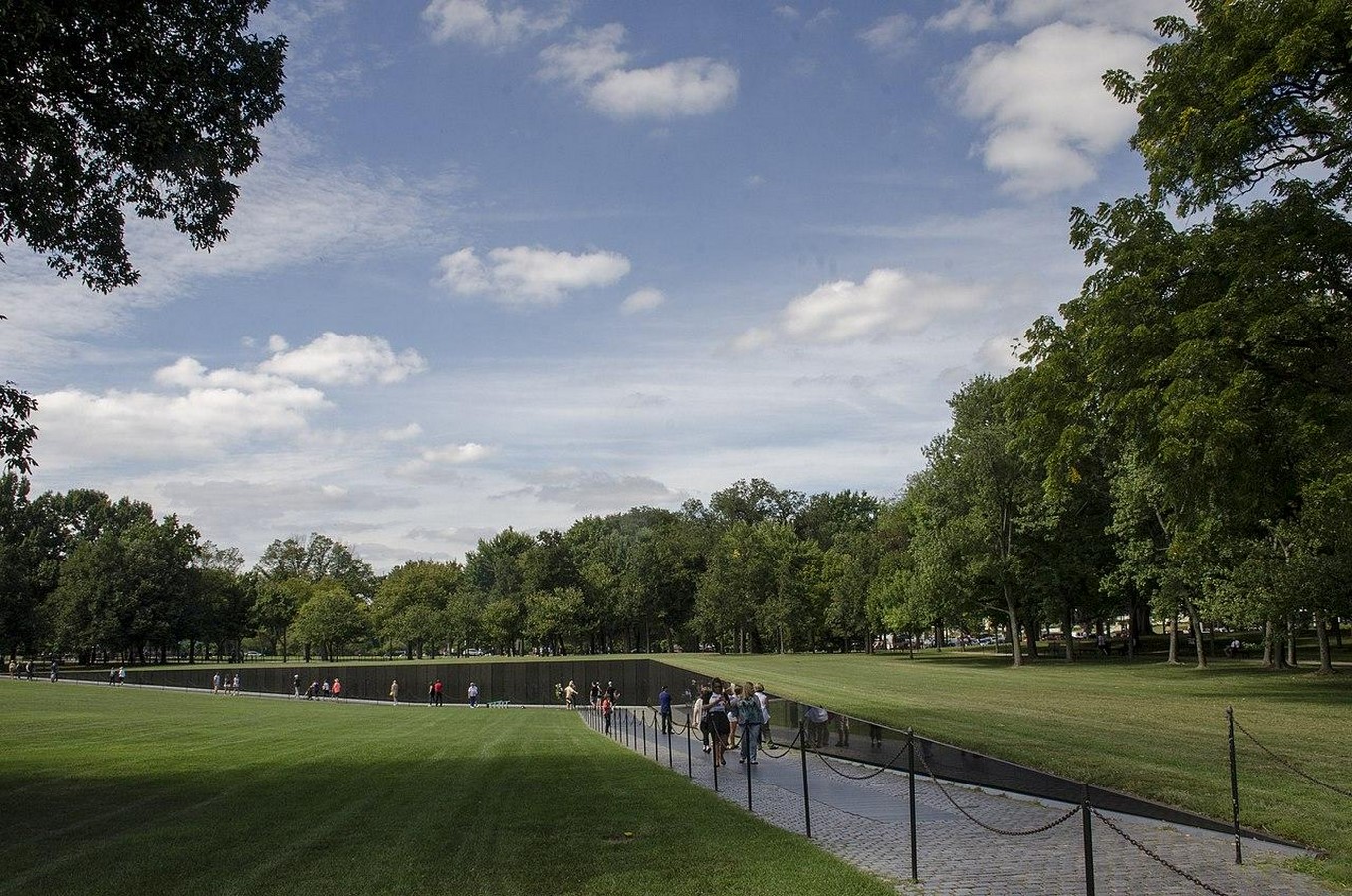Maya Lin’s fame originates from her innovative work as an artist and designer, notably the Vietnam Veterans Memorial in Washington, D.C. Her unique approach to architecture, as well as her ability to elicit powerful emotions via her minimalist and meditative designs, have caught the public’s attention and affection. Lin’s work frequently addresses issues of memory, identity, and the environment, demonstrating a rich intellectual and creative depth. Her ability to combine art with social and cultural relevance, as well as her dedication to pushing limits in her industry, has established her as a respected figure in the fields of art and architecture. This article delves into the detailed case study on the life of Maya Lin and discusses her most notable work.
Maya Lin is a well-known architect and artist whose work has had a long-lasting impact on memorial architecture. Lin, born on October 5, 1959, in Athens, Ohio, rose to worldwide prominence at a young age when her design for the Vietnam Veterans Memorial was chosen in a nationwide competition in 1981. She has continued to create essential and evocative architectural works since then, frequently exploring themes of nature, memory, and the human relationship with the environment.

Vietnam Veterans Memorial
Maya Lin’s most renowned work is the Vietnam Veterans Memorial in Washington, D.C. Her design for this monument was chosen. At the same time, she was 21 years old and a Yale University undergraduate student. It is a monument to her ability and vision that her design was chosen unanimously by a panel of architects, sculptors, and Vietnam veterans out of 1,421 applications.

Concept and Design:
Lin’s Vietnam Veterans Memorial design deviates from standard memorial styles. She envisioned a more delicate and meditative approach rather than a big, overwhelming building. Her design consists of two black granite walls that meet at an angle and fall into the earth, each 246 feet 9 inches long. The walls have been polished to a high gloss, providing a mirrored surface that encourages visitors to connect with the monument actively.
The names of about 58,000 servicemen and women who died or went missing during the Vietnam War are written on the memorial, organized chronologically by the tragedy date. The names are not arranged in any hierarchical sequence, emphasizing the unity and shared sacrifice of all who died in the fight.
The Impact:
Maya Lin’s Vietnam Veterans Memorial influenced how memorials are created and experienced. Lin’s design is contemplative and emotionally compelling, unlike typical war monuments that frequently celebrate battle and heroes. It encourages personal thought and memory of individual lives lost by allowing visitors to interact with the names on the wall.
Controversy and Acknowledgment:
The Vietnam Veterans Memorial’s design aroused discussion. Some critics questioned the minimalistic and abstract aesthetic, arguing it was too depressing and lacking traditional iconography. However, the memorial has become an iconic symbol of remembering and healing over time.
Maya Lin’s design has received several awards and honours, including the American Institute of Architects’ National Honour Award and the National Endowment for the Arts National Medal of Arts. The Vietnam Veterans Memorial is one of the country’s most famous memorials, drawing visitors of all ages.
Other Notable Works:
While the Vietnam Veterans Memorial is likely her most recognized work, Maya Lin has also been involved in various other architectural and artistic projects, each of which reflects her individual worldview and design sense. Her other notable works include:=
The Civil Rights Memorial (1989):
Maya Lin pursued her love for monument design following the success of the Vietnam Veterans monument with the Civil Rights Memorial in Montgomery, Alabama. The Southern Poverty Law Centre commissioned the memorial, recognizing 40 persons who died during the Civil Rights Movement. Lin explored this concept by mixing natural elements with symbolic language. The centre is a circular black granite table with water slowly running over its surface, bearing the names and dates of the deaths. The design encourages visitors to touch the characters, interact with the water, and engage with the memories of those who fought for justice and equality.

Lin provides an emotional experience for visitors by embracing the interaction of water, light, and materiality, establishing a sense of connection to the past while encouraging optimism for a better future.
The Wave Field (1995):
Maya Lin’s abilities extend beyond monument architecture, as seen by The Wave Field, an artistic project at the University of Michigan. This piece illustrates Lin’s ability to convert landscapes into immersive art experiences. The Wave Field is made up of a series of undulating, earth-formed hills that resemble ocean waves. Visitors may walk, relax, and play on these grassy slopes, blurring the barriers between art, architecture, and nature. The sculptural landforms provide a profound sense of oneness and tranquility by creating a beautiful equilibrium between the artificial environment and the natural world.

The Confluence Project (2000-present):
Maya Lin’s Confluence Project is a series of seven site-specific art pieces along the Columbia River in the Pacific Northwest. Each work of art tackles the region’s historical and environmental significance to reconnect people with the natural landscape and its cultural past. Lin weaves together tales and experiences that have shaped the area for decades, from Native American impact to the Lewis and Clark expedition’s legacy.

Final Thoughts:
Maya Lin’s architectural work has reinvented the notion of memorial design by emphasizing subtlety, reflection, and a profound connection with nature and the human experience. Her ability to evoke feelings of introspection and connection in her memorial designs has altered how we perceive and experience buildings. She has left an unforgettable imprint on the landscape and the hearts of those who come into contact with her creations, firmly confirming her status as a visionary architect and artist.
Reference:
Maya Lin (2023) Wikipedia. Available at: https://en.wikipedia.org/wiki/Maya_Lin (Accessed: 06 August 2023).















